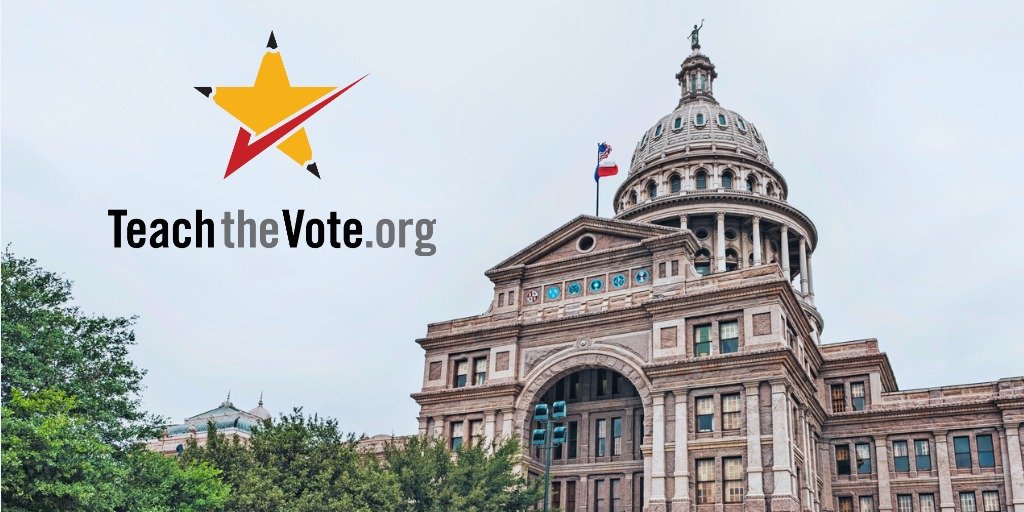More details on U.S. Senate HELP committee's ESEA reauthorization bill

Date Posted: 4/24/2015
The U.S. Senate Committee on Health, Education, Labor and Pensions (HELP) met last week to markup a bipartisan bill to reauthorize the Elementary and Secondary Education Act (ESEA) or No Child Left Behind (NCLB). The committee considered over 50 amendments to The Every Child Achieves Act of 2015, which is co-authored by Chairman Lamar Alexander (R-TN) and Ranking Member Patty Murray (D-WA), and ultimately passed the measure unanimously, 22-0. The markup was conducted over a three day period that was closely managed by both authors in order to prevent controversial amendments from jeopardizing the bill’s bipartisan path forward. In the end, of the 57 amendments considered, 29 were adopted. Controversial amendments including issues such as vouchers and teacher evaluation requirements were kept off of the bill, but those debates are still expected to be had when the bill hits the full senate. Leaders have said that will be later this year, but no debate has been scheduled yet. Below is a listing of the amendments passed during the committee markup as well as a few noteworthy amendments either withdrawn or defeated during committee. Amendments adopted:
- Amendment by Baldwin: creates grants for enhanced assessment instruments and audits of state and local assessment systems.
- Amendment by Baldwin: requires the reporting of students with career and technical proficiency on report cards.
- Amendment by Baldwin: provides grants to initiate, expand, and improve physical education programs.
- Amendment by Baldwin: authorizes grants to encourage the use of technology to improve college and career readiness.
- Amendment by Bennet: reduces the burden on districts with regard to reporting data for annual report cards.
- Amendment by Bennet: pertains to financial literacy and federal financial aid awareness efforts.
- Amendment by Bennet: allows funds to be used for the creation of teacher and principal preparation academies.
- Amendment by Bennet: increases engagement from the U.S. Secretary of Education to assist rural school districts with competitive grants.
- Amendment by Bennet: creates grants for education innovation and research aimed at high-needs students.
- Amendment by Bennet: establishes a weighted student funding flexibility pilot program.
- Amendment by Burr: alters the funding formula for teachers and leaders to be based 80 percent on poverty and 20 percent on population.
- Amendment by Burr: adds a hold-harmless provision for Title II formula funding for teachers and leaders by mandating a 14.29 percent reduction each year over seven years. This amendment barely passed: 11-10.
- Amendment by Casey: authorizes funding for Ready-To-Learn Television.
- Amendment by Casey: reinserts hold-harmless language in Title II, Part A. This amendment was later amended by Burr’s narrowly passed hold-harmless amendment mentioned above.
- Amendment by Casey: creates a grant program for districts that wish to reduce exclusionary discipline practices.
- Amendment by Collins: creates an Innovative Assessment and Accountability Pilot.
- Amendment by Franken: reinstates the Elementary and Secondary School Counseling program.
- Amendment by Franken: allows computer-adapted testing and adds other assessment criteria.
- Amendment by Franken: supports accelerated learning programs.
- Amendment by Franken: adds language to improve STEM instruction and achievement.
- Amendment by Franken: creates a grant program for schools that utilize Native American languages for instruction with their students.
- Amendment by Isakson: allows parents to opt out of testing.
- Amendment by Mikulski: adds the Javits Gifted/Talented Students Education Act of 2015.
- Amendment by Murkowski: reinstates 21st Century Community Learning Centers.
- Amendment by Murphy: ensures that states work to reduce physical and mental abuse related to seclusion/restraint.
- Amendment by Murray: requires reporting of data on military-connected students.
- Amendment by Murray: authorizes Project SERV allowing for services to schools in the aftermath of violent events.
- Amendment by Murray: authorizes early learning alignment and improvement grants.
- Amendment by Whitehouse: establishes a program for literacy and arts education.
- Amendment by Scott: would have given states the option to let Title I funds follow a student to any school, including private schools. Scott ultimately withdrew his portability amendment because of the controversial nature, but this is likely to be an amendment debated on the senate floor. Chairman Alexander said he looked forward to voting for such an amendment in the full senate.
- Amendment by Warren: would have required states to describe how methods used for evaluation were reasonable and reliable, if a state chose to implement an evaluation system. Chairman Alexander said it would unnecessarily put federal requirements on state evaluation systems. The amendment failed on a 10-12 roll call vote.
- Amendments by Alexander and Casey: would have dealt with bullying. The two offered dueling amendments regarding bullying and underwent extensive debate. Both eventually withdrew their amendments with the expectation to debate the issue again on the senate floor.
CONVERSATION
RECOMMENDED FOR YOU

12/05/2025
Teach the Vote’s Week in Review: Dec. 5, 2025
March 2026 primaries will rely on controversial redrawn congressional district maps. Plus, SBEC, SBOE, and the comptroller work to implement 2025 legislation.

12/05/2025
ATPE and TARS partner to support rural educators at the 2025 TAMS–TARS Legislative Conference
The two-day conference coincided with the launch of a new strategic partnership between ATPE and TARS designed to give rural educators more support, more resources, and a stronger advocacy platform.

12/02/2025
Finalized rules announced for Texas voucher program
The comptroller’s office denied requests from public school advocates to require private schools to disclose more information on donors, available spots by grade level, and more.

